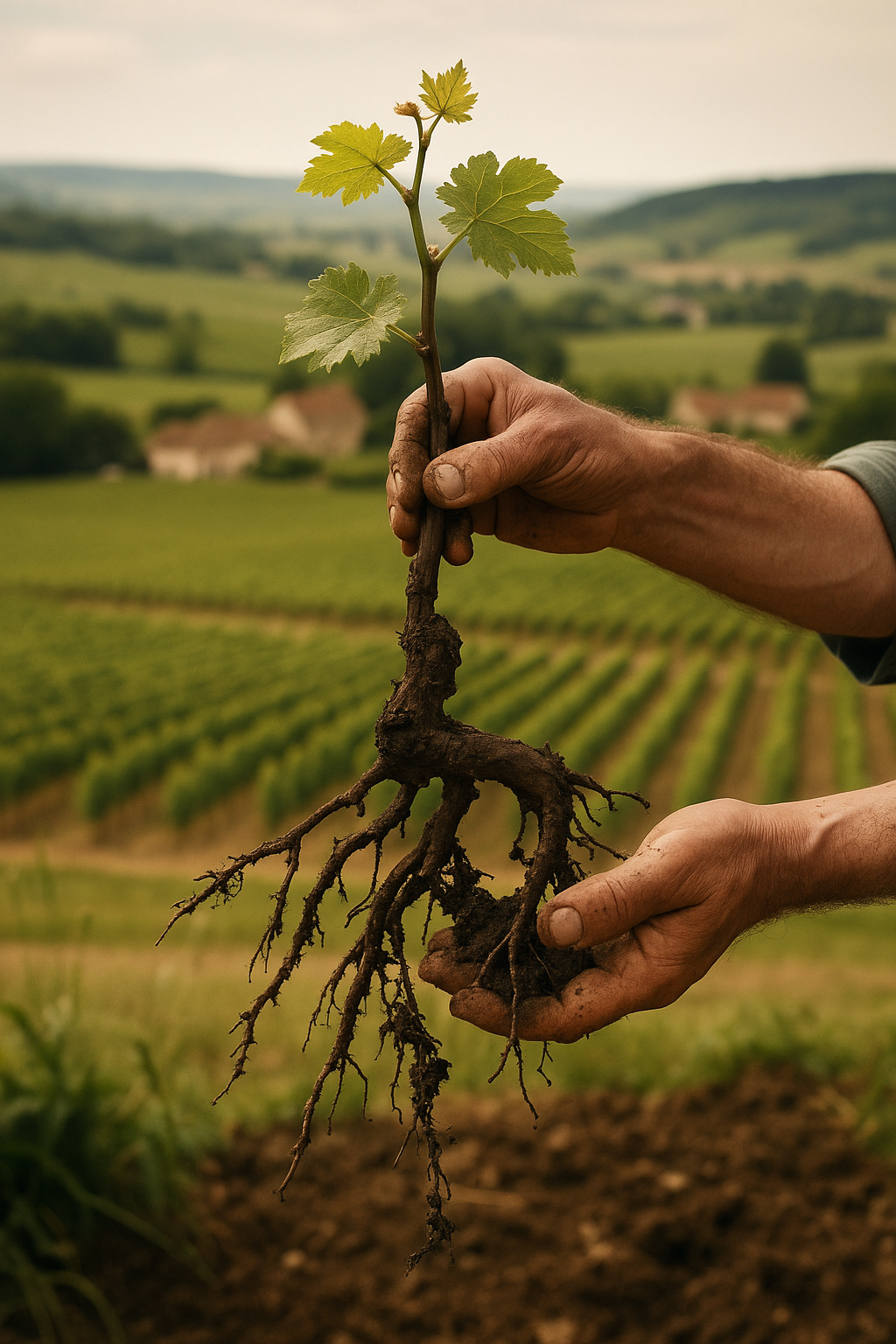
Burgundy's biodynamic wine revival
Share
The Roots of Biodynamic Practices in Burgundy
The roots of biodynamic practices in Burgundy can be traced back to the early 20th century, when pioneers like Pierre Durand began to advocate for a holistic approach to viticulture. Influenced by the philosophies of Rudolf Steiner, Durand and others sought to integrate ecological principles into wine production, emphasizing the importance of soil health and cosmic rhythms. This innovative approach resonated deeply within Burgundy’s storied vineyards, where the unique terroir is paramount.
As the region faced the challenges of industrial agriculture, a resurgence of interest in biodynamic methods emerged in the late 20th century. Winemakers began to embrace these practices, viewing them as a way to preserve the integrity of their land and enhance the quality of their wines. This revival has not only fostered a renewed appreciation for traditional techniques but has also positioned Burgundy at the forefront of the biodynamic movement, attracting attention from wine lovers and environmentalists alike. Today, biodynamic vineyards in Burgundy stand as a testament to the enduring connection between the land, its caretakers, and the wines they produce.
The Influence of Biodynamic Methods on Wine Quality and Terroir
Biodynamic methods significantly enhance wine quality and the expression of terroir in Burgundy, a region renowned for its intricate relationship with the land. By embracing practices that align with lunar cycles and cosmic rhythms, winemakers cultivate a holistic approach to viticulture. This philosophy prioritizes the health of the vineyard ecosystem, promoting biodiversity and soil vitality. The result is not merely a product of the land but a vibrant reflection of its character.
Biodynamic farming eschews synthetic chemicals, relying instead on natural preparations that invigorate the soil and vines. This process fosters a deeper connection between the grape and its environment, allowing the unique attributes of Burgundy's diverse terroirs to shine through. As a consequence, wines produced under these methods often exhibit enhanced complexity and a more profound sense of place. The revival of biodynamic practices in Burgundy not only honors tradition but also paves the way for a sustainable future, where quality and ecological harmony coexist beautifully.
Challenges and Future Prospects for Biodynamic Winemaking in Burgundy
Despite its growing popularity, biodynamic winemaking in Burgundy faces several challenges that could impact its future. One significant hurdle is the limited availability of certified biodynamic vineyards, which often leads to increased competition for land among producers. This scarcity can drive up prices and make it difficult for new entrants to establish themselves in the region. Additionally, the stringent regulations and practices associated with biodynamic certification can be daunting for traditional winemakers who are accustomed to conventional methods.
Moreover, climate change poses a dual threat, as shifting weather patterns can disrupt the delicate balance that biodynamic practices rely on. However, the future prospects remain bright. As consumer demand for organic and sustainable wines continues to rise, Burgundy's biodynamic producers are well-positioned to attract a dedicated market. With ongoing education and advocacy, the principles of biodynamic farming can be further integrated into the region’s viticultural practices, potentially leading to a more resilient and ecologically balanced wine industry in the years to come.
